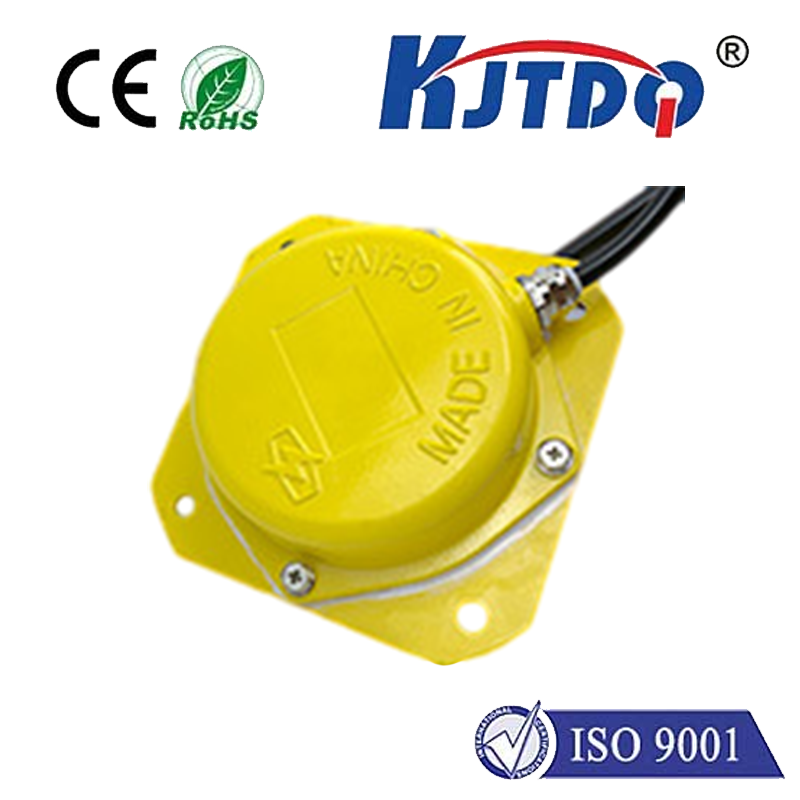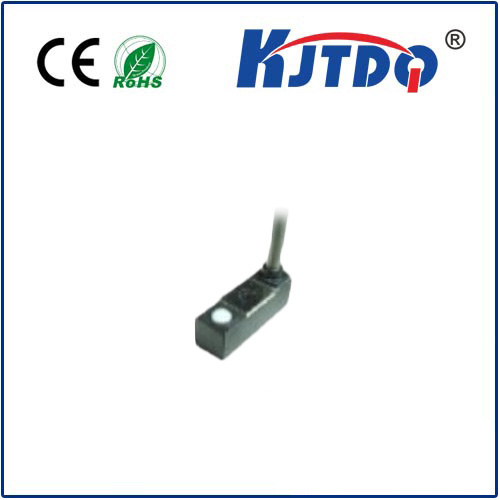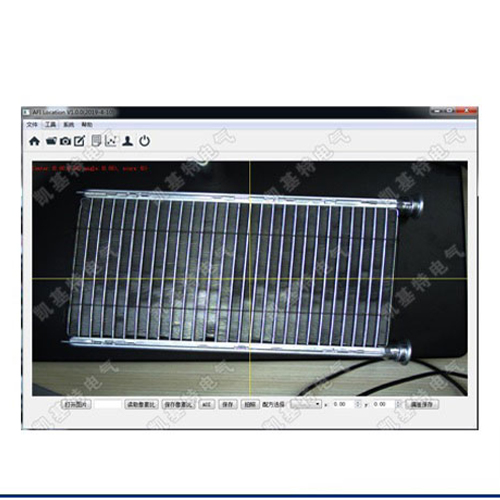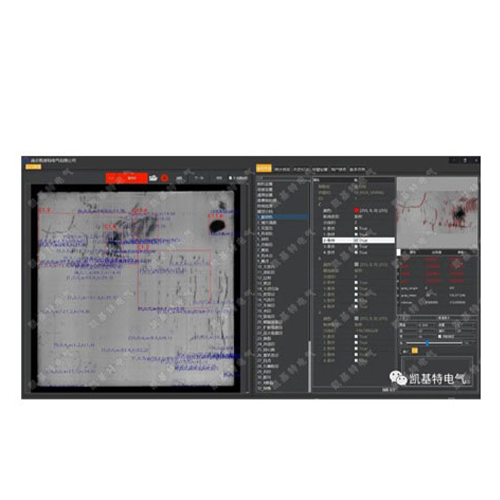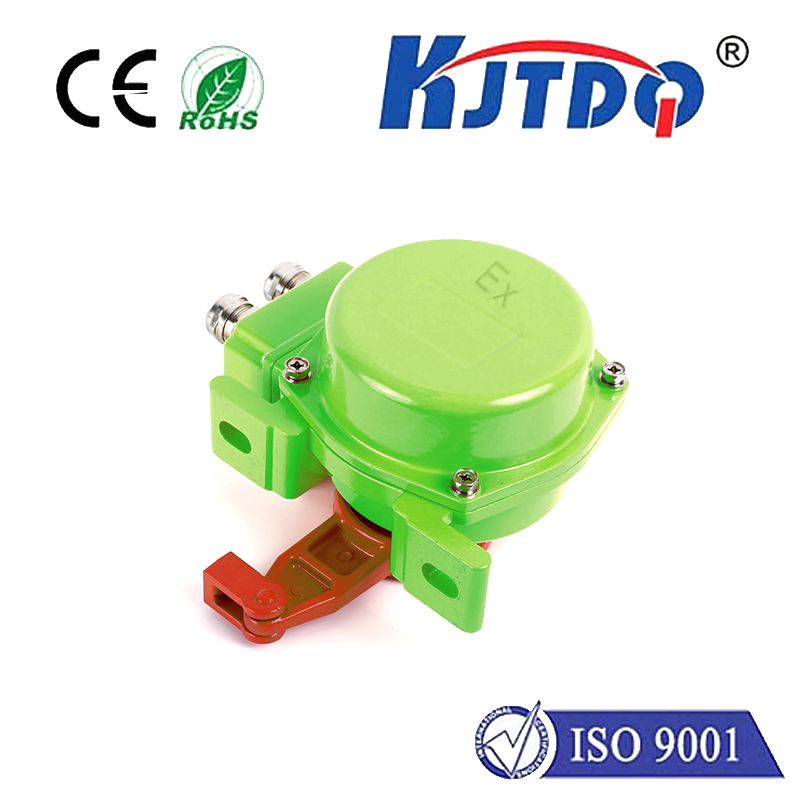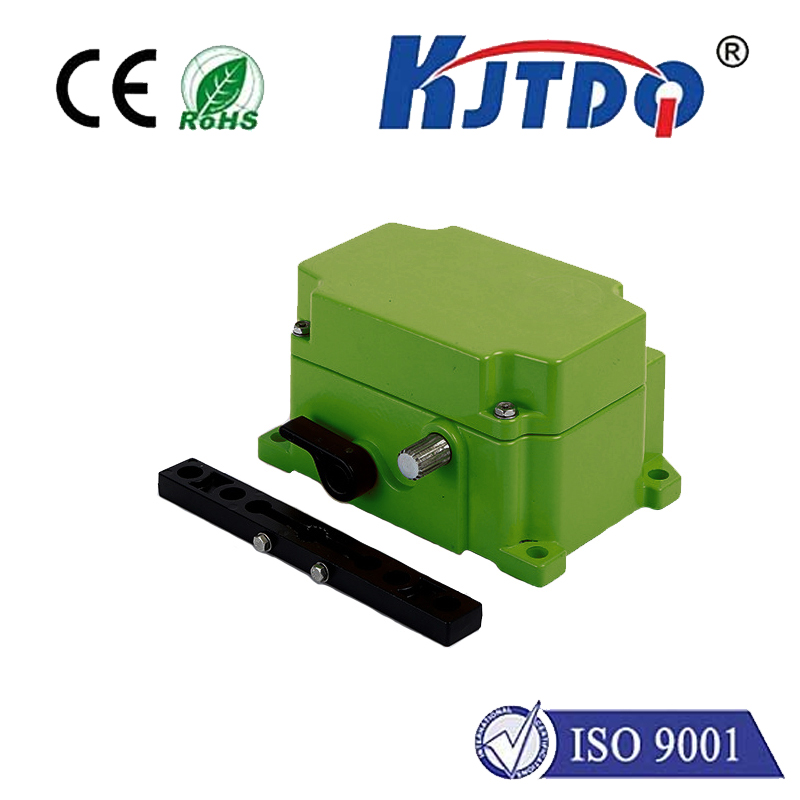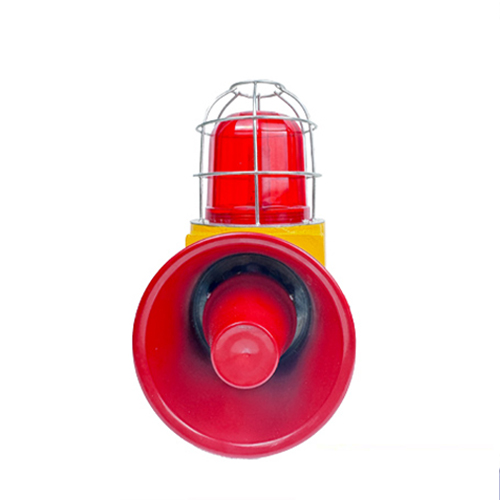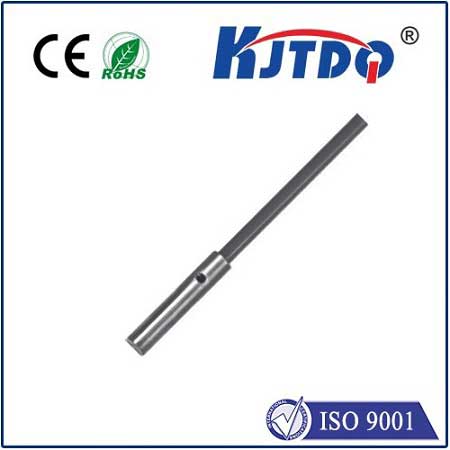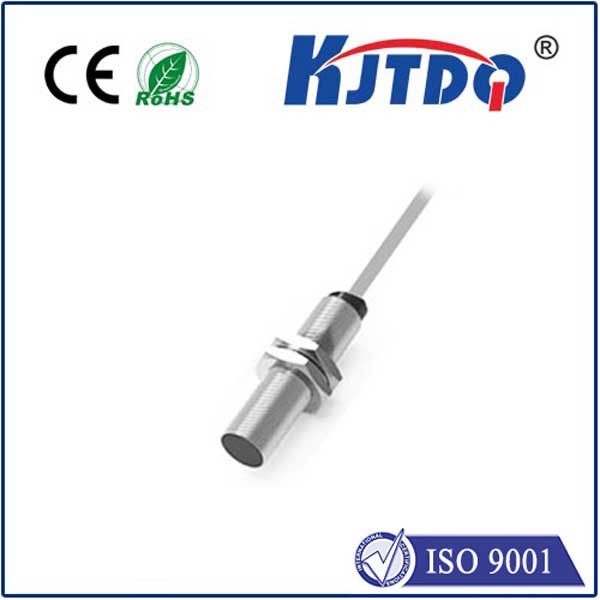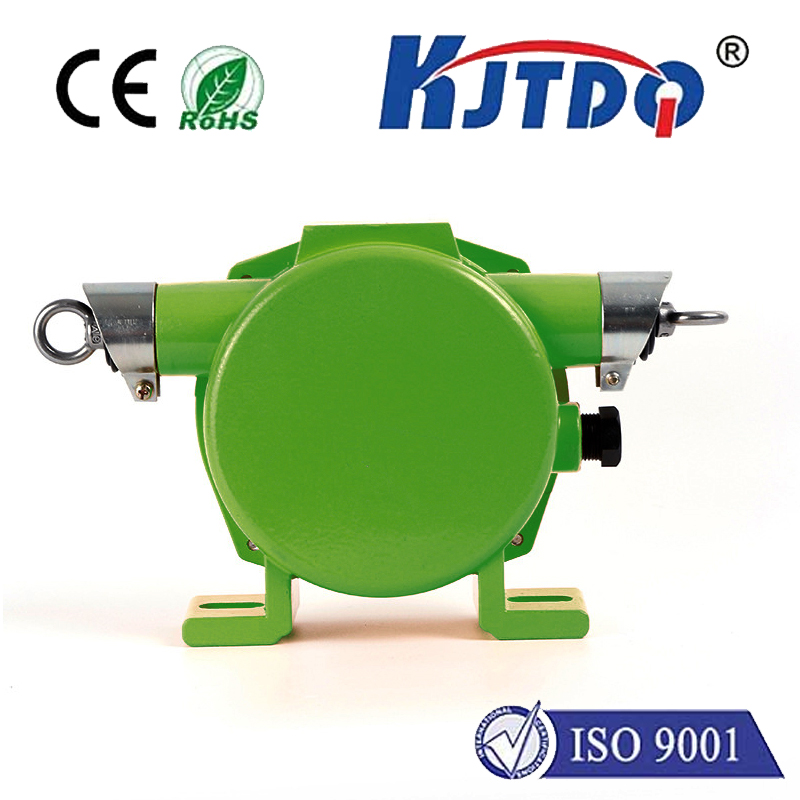working of optical proximity sensor
- time:2025-08-16 04:45:40
- Click:0
The Invisible Guardian: Demystifying How Optical Proximity Sensors Work
Have you ever marveled at how your smartphone screen automatically dims when you hold it to your ear during a call? Or wondered how a robot arm gracefully avoids crashing into objects? This seemingly effortless feat of “sensing presence” without touch is often orchestrated by a silent, ingenious component: the optical proximity sensor. These unassuming devices are fundamental to countless modern technologies, enabling precise, non-contact object detection. Understanding the working of optical proximity sensors reveals the elegant physics and clever engineering behind this ubiquitous capability.
At its core, an optical proximity sensor operates on a simple yet powerful principle: it detects the presence, absence, or distance of an object by using light, typically in the infrared (IR) spectrum invisible to the human eye. Unlike mechanical switches that require physical contact, optical sensors offer silent, wear-free, and highly reliable proximity detection. Their non-contact sensing capability makes them ideal for applications demanding hygiene, speed, or where physical touch could damage the object or sensor itself.
The Fundamental Building Blocks: Inside an Optical Proximity Sensor
Every optical proximity sensor shares three essential components working in concert:

Emitter (Light Source): This is typically an infrared LED (Light-Emitting Diode). Its job is to emit a focused beam of infrared light towards the target area. The use of infrared is crucial; it avoids interference from ambient visible light and provides consistent performance regardless of lighting conditions. Think of it as a tiny, invisible flashlight.
Receiver (Light Detector): Positioned near the emitter, the receiver is usually a photodiode or phototransistor. This component is highly sensitive to the specific wavelength of IR light emitted by the source. Its sole function is to detect the intensity of the IR light returning to the sensor. The receiver converts this light intensity into a proportional electrical signal.
Signal Processing Circuit: This is the brain of the sensor. It powers the emitter, analyzes the electrical signal coming from the receiver, and makes the critical decision about object presence or distance. This circuit often includes amplification, filtering (to remove electrical noise and stray light interference), and comparison stages to provide a clean, reliable output signal (usually digital ON/OFF or an analog voltage/distance reading).
The Core Principle: Light Emission, Reflection, and Detection
The working principle of optical proximity sensors hinges on the interaction between the emitted light and objects in its path:
- Emission: The sensor’s circuitry activates the IR emitter, sending out a beam of infrared light.
- Object Interaction: This beam travels outward. If no object is present within its effective detection range, the light simply continues into the void, not reflecting back towards the sensor. The receiver detects very little to no returned IR light. If an object is present within the detection zone, a portion of the emitted IR light strikes the object’s surface.
- Reflection: Light hitting the object reflects off its surface. The amount of light reflected back towards the sensor depends on factors like the object’s distance, size, color, and surface texture (e.g., dark, matte surfaces absorb more light than bright, shiny ones).
- Detection: The receiver photodiode/phototransistor detects this reflected IR light. The intensity of the light hitting the receiver generates a corresponding electrical current.
- Signal Analysis & Output: The processing circuit analyzes the signal from the receiver.
- Presence Detection (Digital Output): For simple on/off detection, the circuit compares the received signal strength to a pre-set threshold. If the reflected light is strong enough (indicating an object is close), the output switches state (e.g., from LOW to HIGH). If the reflected light is weak or absent, the output indicates “no object.”
- Distance Measurement (Analog Output): More sophisticated sensors correlate the amount of reflected light or, in advanced types like Time-of-Flight (ToF), the time taken for the light pulse to travel to the object and back, to calculate the actual distance to the object. This provides an analog voltage or digital value proportional to distance.
Key Methods for Proximity & Distance Sensing
While the basic principle remains light reflection, different techniques are employed, primarily differing in how they interpret the received light:
- Reflectance or Intensity-Based Sensing: This is the most common and straightforward method used in simple proximity switches. It relies directly on the intensity of the reflected light. The closer or more reflective the object, the stronger the signal at the receiver. The sensor triggers when this intensity exceeds its threshold. While cost-effective and simple, accuracy can be affected by object color and surface properties. Reflective object sensing often uses this principle with the emitter and receiver housed closely together.
- Triangulation: Used in many precision distance-measuring optical sensors. Here, the emitter and receiver are placed at a known, fixed distance apart (forming a baseline of a triangle). The emitter projects a focused beam onto the target. The receiver, positioned at an angle, detects the specific spot where this beam reflects. As the object moves closer or farther, the reflection spot moves across the receiver lens. The position of this spot on the receiver determines the distance via basic trigonometric calculations. This method offers high accuracy over moderate ranges and is less sensitive to object reflectivity variations than simple intensity methods.
- Time-of-Flight (ToF): This advanced method, increasingly common in smartphones and robotics, measures the actual flight time of light. The emitter sends out a very short, pulsed IR signal. A highly sensitive receiver detects the reflected pulse. Sophisticated circuitry precisely measures the time difference (Δt) between emission and reception. Knowing the speed of light ©, the distance (d) is calculated simply as d = (c * Δt) / 2. ToF sensors provide very accurate distance measurements independent of object color and surface, though they tend to be more complex and expensive. Infrared time-of-flight is a key enabling technology for features like portrait mode blur and gesture control.
The Power of Light: Advantages of Optical Proximity Sensors
The widespread adoption of optical proximity sensors stems from compelling advantages:
- Non-Contact Operation: Eliminates wear, tear, and physical stress on both the sensor and the detected object.
- High Speed and Long Life: Light travels fast, enabling rapid detection cycles. With no moving parts, these sensors boast exceptional reliability and longevity.
- Resistance to Contaminants: Unlike capacitive sensors, they are generally unaffected by non-transparent dust, oil, or water (unless heavily obscuring the lens) as long as the light path isn’t completely blocked.
- Compact Size: Miniaturization allows integration into very small devices like smartphones and wearables.
- Versatility: Capable of detecting a wide range of materials (metals, plastics, wood, liquids) provided they interact sufficiently with the IR light.
- Precision: Especially true for triangulation and ToF methods, enabling accurate distance measurement.












